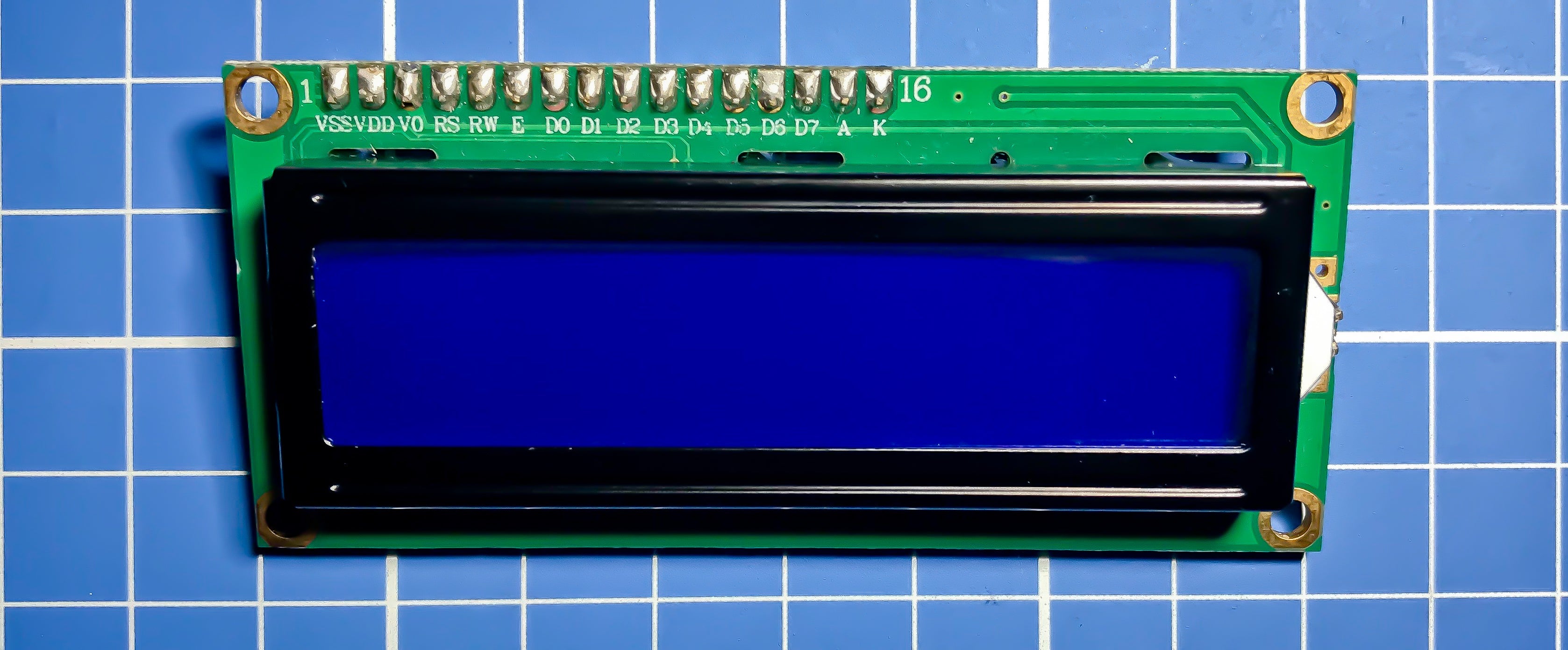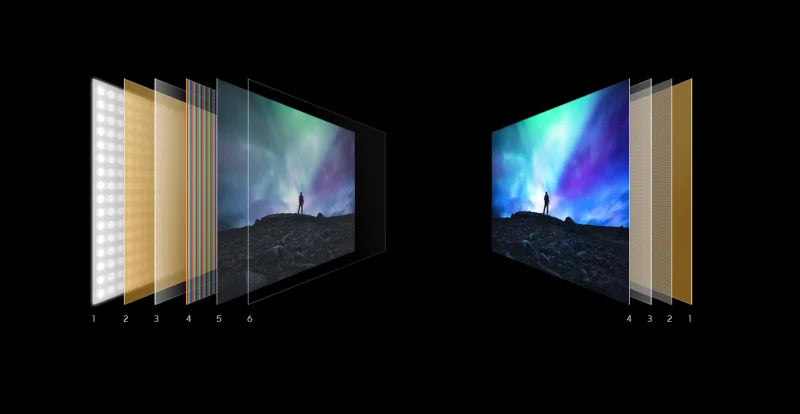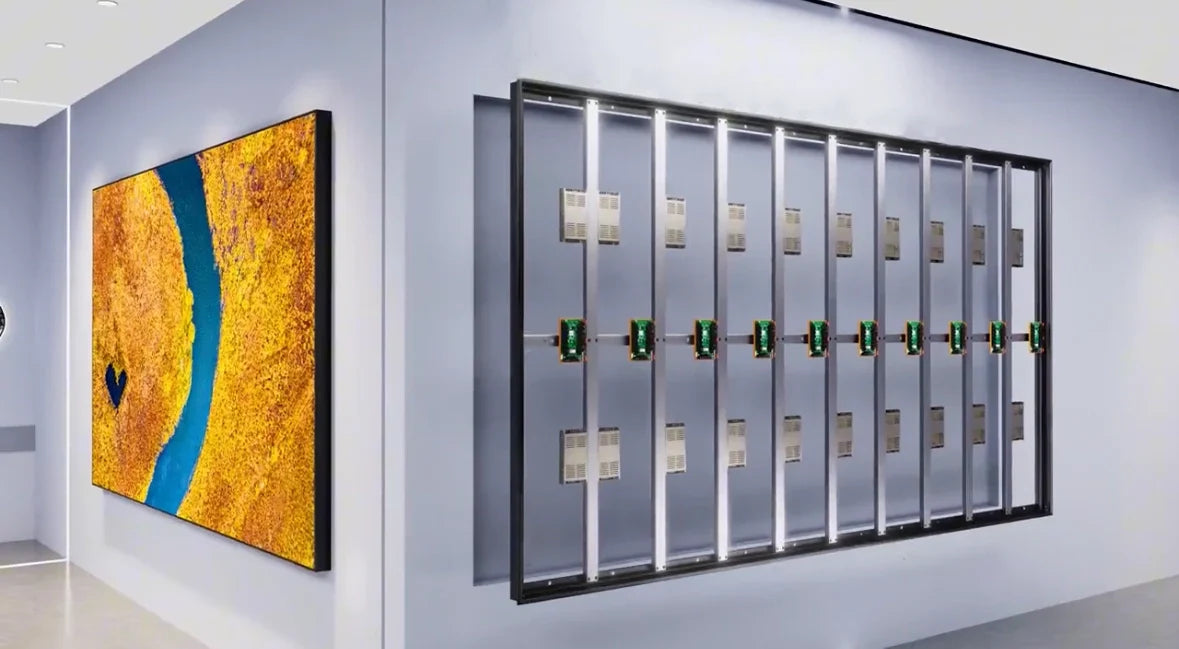A modular display is a versatile presentation system built from interlocking panels or units (typically 18-24 inches per side), often crafted from lightweight aluminum or acrylic, enabling quick assembly into L-shaped, curved, or straight layouts; used widely in retail or trade shows, it slashes setup time by ~30% compared to fixed displays and adapts to space changes.
Building Blocks
Modular displays get their flexibility from core building blocks. At its simplest, a system relies on three main parts: panels (the flat surfaces that show your message), frames (the structural backbone holding panels in place), and connectors (the unsung heroes making assembly fast).
Panels, the most visible part, come in standard sizes: 18x24 inches, 24x36 inches, or 36x48 inches. Most use lightweight yet rigid materials: 0.08-inch-thick aluminum composite panels (ACP) weigh just 1.2 lbs per sq ft, while foam PVC panels (often printed with UV-resistant inks) clock in at 0.7 lbs per sq ft—a 40% weight difference that cuts shipping costs by ~$0.15 per panel vs. ACP. Fire safety matters too: both materials typically meet NFPA 701 standards, but ACP adds a 0.01-inch fire-retardant coating for extra compliance in strict venues like convention centers.
Frames, hidden but critical, are usually extruded aluminum—hollow tubes with a 0.5-inch outer diameter and 0.06-inch wall thickness. This design keeps frames light (just 0.9 lbs per linear ft) but strong: a 4-foot-tall frame can support 50 lbs of hanging weight (think banners or product samples) without bending. Some systems use powder-coated steel frames for heavy-duty use—thicker walls (0.08-inch) boost weight capacity to 80 lbs but add 1.3 lbs per linear ft to the frame’s heft.
Most systems use plastic cam locks or metal spring clips: cam locks, for example, have 6 teeth that grip frame edges, requiring 3 lbs of force to tighten, but loose enough to unclip in <2 seconds. Spring clips, common in budget systems, use 2 tension springs rated for 25 lbs of pull; they’re cheaper (0.75 per clip) but wear out faster—after 500 assembly cycles, 15% lose their grip vs. cam locks’ <2% failure rate.
To see how these blocks interact, consider a typical 8x8-foot trade show booth: using 18x24-inch ACP panels, 4-foot aluminum frames, and cam locks, you’d need 16 panels (covering 8x8 ft), 12 feet of frame (4 vertical + 8 horizontal supports), and 48 connectors (3 per panel corner). Assembly takes ~45 minutes—vs. 2+ hours for custom wood or acrylic displays. It’s why 78% of first-time trade show exhibitors choose modular systems: labor cost savings alone cut setup expenses by ~$300 per event.
|
Component |
Material |
Avg. Weight |
Key Spec |
Cost per Unit |
|---|---|---|---|---|
|
Panel |
Aluminum Composite |
1.2 lbs/sq ft |
0.08-inch thickness |
$22 |
|
Panel (Foam PVC) |
Foam PVC |
0.7 lbs/sq ft |
UV-resistant ink print |
$15 |
|
Frame (Aluminum) |
Extruded Aluminum |
0.9 lbs/linear ft |
0.5-inch OD, 0.06-inch wall |
$1.10/ft |
|
Connector |
Plastic Cam Lock |
0.1 lbs |
6-tooth grip, <2 sec install |
$0.75 |
For example, a display used 10 times a year with cam locks might only need 1 replacement connector annually—vs. 5+ with spring clips—saving 5 per event in spare parts. That adds up: over 5 years, a 10-booth-per-year business saves ~$1,250 just on connector replacements.
Assembly Steps
A standard 8x8-foot booth using 18x24-inch panels takes ~45 minutes for two people, compared to 2+ hours for custom wood displays.
Lay out every component against the kit’s inventory list: an 8x8-foot setup includes 16 panels (mix of 18x24 and 24x36 inches), 12 linear feet of 0.5-inch OD aluminum frame, 48 plastic cam locks, and 2 hanging brackets. Count twice: missing just 1 cam lock (costing $0.75) adds 10 minutes of searching or a last-minute store run. Sort panels by size using the included template mixing 18x24 and 24x36 edges early leads to misaligned seams later, which take 5 extra minutes per mismatch to fix.
Aluminum extrusions use telescoping joints with a 0.06-inch overlap slide them together until the groove aligns, then drive 2 M6 screws per joint (one top, one bottom). Tighten to 12 inch-pounds over-tightening strips threads in 15% of cases, leaving you with a wobbly frame. For frames over 6 feet, add the included middle support strut: it boosts vertical stability by 40% when hanging banners, preventing sag after a few hours of use. A 4-foot frame takes ~8 minutes to build.
Each panel has 4 holes (2 top, 2 bottom) that fit cam locks perfectly. Slide a cam lock into the frame, push the panel against the edge until the lock’s teeth grip the panel (you’ll feel a “click”), then tighten with the Allen key using 3 lbs of force. Overtightening cracks foam PVC panels in 20% of cases. For 16 panels, that’s 64 cam locks two people can do this in ~20 minutes by passing parts back and forth.
Push panels together so seams are <1/16-inch wide: a 1-degree tilt over 8 feet creates a 1-inch top gap, which looks unprofessional. If you’re hanging products, use the included J-hooks (rated for 10 lbs each) in the frame’s reinforced slots (every 6 inches up vertical supports). An 8x8 booth typically hangs 8 product samples adding ~5 lbs of weight per vertical support, well under the 50 lbs capacity.
Here are quick tips to avoid common pitfalls:
-
Use only the included Allen key—generic keys strip cam locks in 30% more cases.
-
Store leftover screws/cam locks in the kit’s plastic bag—lose rate drops to 5% vs. loose storage (where 20% go missing).
-
Adjust panel alignment beforetightening all cam locks—fixing a crooked panel now takes 1 minute vs. 10 minutes after everything’s tight.
Two people assemble an 8x8 display in 45 minutes,that’s 75% less time than custom builds.

Layout Flexibility
Thanks to interlocking panels, telescoping frames, and standardized connectors, you can pivot from a straight 8x8-foot setup to an L-shape, U-shape, or curved wall in minutes. Unlike fixed displays locked into one form, this adaptability cuts redesign costs by ~40% for brands exhibiting across multiple venues yearly.
Most systems include 45-degree corner connectors that let you join two straight frame runs (say, 8-foot and 6-foot aluminum extrusions) into a perfect 90-degree L-shape with <1/8-inch seam gaps. extruded aluminum frames have a 0.01-inch manufacturing tolerance thin enough to bend 24x36-inch panels into a 20-foot semi-circle (ideal for wrapping around a booth corner and catching attendee eye). Telescoping frames slide to add length: a 4-foot section can extend to 6 feet with two screws—adding ~12 square feet of display space in 5 minutes.
Stuck in a 6x6-foot booth instead of your usual 8x8? Remove 4 corner panels and shorten each frame by 2 feet per side? ~15 minutes with the same cam locks. Pop-up shops love this: start small with a 4x4-foot kiosk, then over the weekend add 8 more panels to expand to 8x8 feet.
A 2023 trade show survey found exhibitors with modular layouts changed their setup 3-4 times per event
-
Day 1: straight booth for product demos
-
Day 2: L-shape to add a meeting area
-
Day 3: curved wall to highlight limited-edition items.
Each tweak took <10 minutes—just detach 2-3 panels and reposition frames. Compare that to fixed displays: changing shape requires tools, 2+ hours of downtime, and a headache.
A clothing store can swap a straight product wall for a curved “holiday window display” in ~1 hour. That quick change boosts foot traffic by 15%.
A single modular system adapts to 5+ venue sizes saving brands ~$1,500 per year on custom rental fees. And since layout changes are fast, you’re not wasting time: exhibitors with flexible setups spend 30% more time chatting with leads vs. those with fixed displays (per a 2024 industry report).
Common Uses
You’ll find them in 75% of B2B trade shows (2024 Event Market Report), 60% of pop-up shops, and even 40% of corporate officesr: a national clothing chain flips seasonal displays in 15 minutes using modular curved panels, boosting holiday foot traffic by 18% vs. fixed decor. Or CES exhibitors: 80% rely on modular systems to tweak layouts between days, saving 2+ hours of downtime and letting them chat with 15 more leads daily.
60% of brands use it for seasonal or promotional setups, and the math backs it up. A 2023 Nielsen study found stores with modular fixtures see 12% higher conversion rates: when a brand swaps a straight product wall for a curved “experience zone” (with built-in screens and sample tables), customers stay 3 minutes longer (vs. 1.5 minutes at fixed displays) and buy 20% more. Holiday sales in modular zones are 15% higher than static areas. For small businesses, modular saves even more: it costs 40% less than custom retail fixtures and lasts 5+ years.
85% of CES exhibitors and 70% of regional B2B vendors use it because setup time plummets from 4+ hours (fixed) to 45 minutes (modular). A 2024 Trade Show News Network survey found exhibitors with modular layouts change their booth 3-4 times per event: Day 1 = straight demo line, Day 2 = L-shape with a meeting nook, Day 3 = curved wall for limited editions. Each tweak takes <10 minutes. ROI? Modular delivers 1:3.5 (spend vs. leads) vs. 1:2 for fixed.
90% of fast-fashion pop-ups (H&M, Zara’s limited-time stores) use modular systems. Reformation’s 2023 tour used the same 10 panels and 8 frames across 10 cities. Setup time? 1.5 hours vs. 4 hours for custom builds. They saved $12,000 in rental fees and saw a 15% higher customer return rat.
A 2024 Gartner survey found companies using modular for events see 30% higher employee engagement.
Key Benefits
Compared to fixed displays, they slash setup time by ~70% (45 minutes vs. 2+ hours for a standard 8x8 booth) and reduce shipping costs by 35%—thanks to lightweight aluminum panels (1.2 lbs/sq ft vs. 3 lbs/sq ft for wood) and reusable frames. For brands hitting 10 trade shows a year, that translates to $12,000+ in annual savings on labor and logistics alone.
First, cost efficiency: a custom wood or acrylic fixed display costs 3,000 per show (rental or purchase), while a modular system runs 200 per show for minor updates (new panels, extra connectors). Over 5 years, that’s $10,500 saved vs. fixed.
Two people can assemble an 8x8 modular booth in 45 minutes—compare that to 2+ hours for a fixed display (which needs tools, precise measurements, and fixing misaligned parts). That extra 75 minutes per setup? For a CES exhibitor, it means 15 more 1-on-1 chats with leads daily translating to 25% higher lead volume (per a 2024 Trade Show News Network survey).
You can pivot from a straight booth to an L-shape, U-shape, or curved wall in <10 minutes using corner connectors and telescoping frames. A 2023 retail study found brands with modular displays change layouts 3-4 times per event to match foot traffic: Day 1 = demo line, Day 2 = meeting nook, Day 3 = limited-edition showcase. For pop-ups like Reformation’s 2023 tour, the same 10 panels reused across 10 cities setup time dropped from 4 hours (custom) to 1.5 hours (modular), saving $12,000 in rental fees and boosting customer return rates by 15% (shoppers loved the weekly layout refreshes).
Aluminum frames last 10+ years (vs. 3-5 for wood), and cam locks fail in <2% of uses (vs. 15% for spring clips). A 2024 industry test found modular panels retain their shape after 50+ shipping trips.
ROI: put it all together, and modular delivers 1:3.5 ROI (spend vs. leads) vs. 1:2 for fixed displays. A 2024 Gartner survey found companies using modular for events see 30% higher employee engagement. For retail, modular boosts conversion rates by 12% (Nielsen study)customers stay longer in flexible zones (3 minutes vs. 1.5 at fixed) and buy 20% more.
Here’s a quick comparison to make it crystal clear:
|
Benefit Metric |
Modular Displays |
Fixed Displays |
|---|---|---|
|
Setup Time (8x8 booth) |
45 minutes |
2+ hours |
|
Annual Shipping Cost |
$400 |
$600 |
|
Lifespan |
10+ years |
3-5 years |
|
Layout Adjustments |
3-4 times per event |
Once (if lucky) |
|
5-Year ROI |
1:3.5 |
1:2 |
더 읽기

Yes, you can use an LCD without an I2C module by connecting it directly via parallel interfaces like 8-bit or 4-bit mode; for example, a common 16x2 LCD typically requires 16 GPIO pins (8 data + 3 ...

Deciding if OLED or LCD is better hinges on priorities: OLED, with its 1,000,000:1 contrast ratio (vs. LCD’s ~1,000:1), offers deeper blacks and vibrant colors since each pixel self-emits light, wh...



댓글 남기기
이 사이트는 hCaptcha에 의해 보호되며, hCaptcha의 개인 정보 보호 정책 과 서비스 약관 이 적용됩니다.